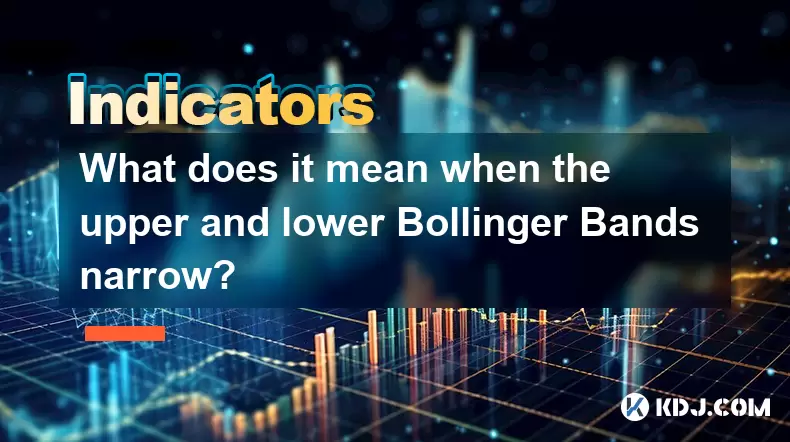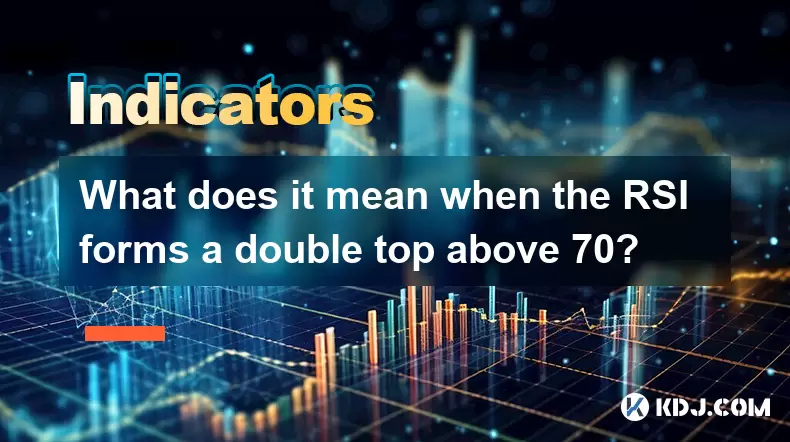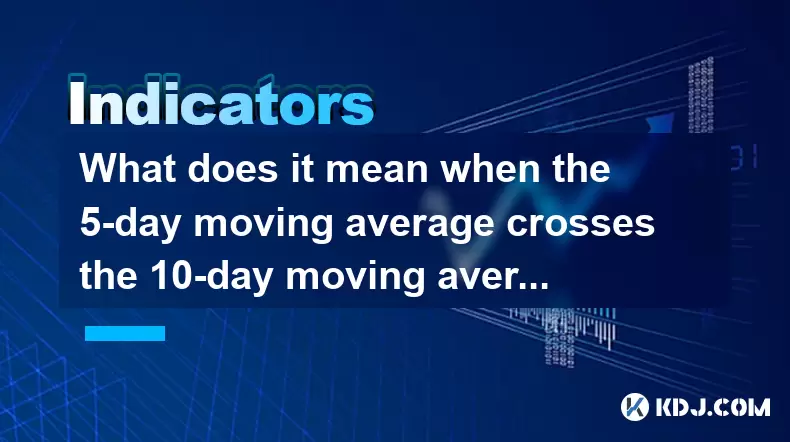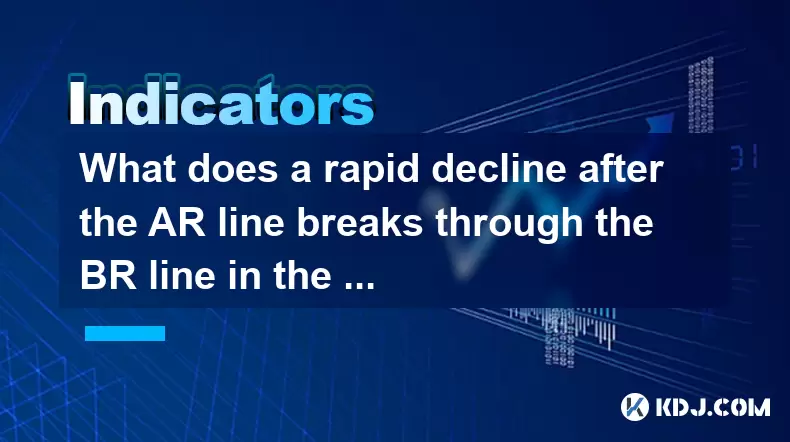-
 Bitcoin
Bitcoin $116400
-0.36% -
 Ethereum
Ethereum $4033
3.40% -
 XRP
XRP $3.302
-1.26% -
 Tether USDt
Tether USDt $1.000
-0.02% -
 BNB
BNB $796.1
1.67% -
 Solana
Solana $177.8
1.89% -
 USDC
USDC $0.9999
0.00% -
 Dogecoin
Dogecoin $0.2314
4.09% -
 TRON
TRON $0.3381
0.14% -
 Cardano
Cardano $0.7989
1.22% -
 Stellar
Stellar $0.4496
-1.84% -
 Chainlink
Chainlink $20.42
9.42% -
 Hyperliquid
Hyperliquid $41.17
0.88% -
 Sui
Sui $3.914
3.77% -
 Bitcoin Cash
Bitcoin Cash $584.7
1.52% -
 Hedera
Hedera $0.2632
-0.54% -
 Avalanche
Avalanche $24.09
3.40% -
 Ethena USDe
Ethena USDe $1.001
-0.02% -
 Litecoin
Litecoin $123.2
1.33% -
 Toncoin
Toncoin $3.318
-0.04% -
 UNUS SED LEO
UNUS SED LEO $8.984
-0.05% -
 Shiba Inu
Shiba Inu $0.00001323
2.85% -
 Uniswap
Uniswap $10.90
4.41% -
 Polkadot
Polkadot $3.999
3.34% -
 Dai
Dai $1.000
0.01% -
 Cronos
Cronos $0.1630
9.64% -
 Bitget Token
Bitget Token $4.484
0.82% -
 Monero
Monero $272.4
2.44% -
 Pepe
Pepe $0.00001173
6.03% -
 Aave
Aave $290.8
2.88%
How does DMI combine K-line patterns? Is the DMI golden cross after the cross star reliable?
The DMI golden cross after a cross star can signal a bullish trend if ADX rises and volume increases, but traders must use risk management to avoid false signals.
Jun 03, 2025 at 07:42 am

The Directional Movement Index (DMI) is a technical analysis tool used by traders to determine the strength of a trend and its potential direction. When combined with K-line patterns, DMI can provide a more comprehensive view of market movements. In this article, we will explore how DMI integrates with K-line patterns and specifically examine the reliability of the DMI golden cross following a cross star pattern.
Understanding DMI and K-line Patterns
DMI is composed of three lines: the Positive Directional Indicator (+DI), the Negative Directional Indicator (-DI), and the Average Directional Index (ADX). The +DI and -DI help identify the direction of the trend, while the ADX measures the strength of the trend. A K-line pattern, on the other hand, is a graphical representation of price movements over a specific period, showing the open, high, low, and close prices.
To combine DMI with K-line patterns, traders look for specific signals from both indicators to confirm potential trade entries and exits. For instance, if a bullish K-line pattern appears while the +DI is above the -DI and the ADX is rising, this could be a strong signal for a potential uptrend.
The DMI Golden Cross and Its Significance
The DMI golden cross occurs when the +DI line crosses above the -DI line. This event is often seen as a bullish signal, indicating that the upward momentum is gaining strength. Traders often use this cross in conjunction with other indicators to confirm the trend direction.
When the DMI golden cross happens, it suggests that the bulls are taking control of the market. However, to increase the reliability of this signal, it is essential to consider additional factors, such as the strength of the ADX and the presence of supporting K-line patterns.
The Cross Star Pattern and Its Role
A cross star pattern is a type of K-line pattern that occurs when the open and close prices are very close to each other, forming a small body with long upper and lower shadows. This pattern indicates market indecision and can signal a potential reversal or continuation, depending on the context.
When a cross star pattern appears on the chart, traders should pay attention to subsequent price action and other indicators like DMI to determine the next move. If the cross star is followed by a DMI golden cross, it could suggest that the market is resolving its indecision in favor of the bulls.
Analyzing the Reliability of the DMI Golden Cross After a Cross Star
To assess the reliability of the DMI golden cross following a cross star pattern, we need to consider several factors:
- Trend Strength: The ADX should be rising to confirm the strength of the new trend. A high ADX value (typically above 25) indicates a strong trend, making the DMI golden cross more reliable.
- Volume: Higher trading volume accompanying the DMI golden cross can validate the signal, as it suggests more market participants are supporting the new trend.
- Confirmation from Other Indicators: Using additional technical indicators, such as moving averages or the Relative Strength Index (RSI), can provide further confirmation of the trend direction.
When these factors align, the DMI golden cross after a cross star can be a reliable signal for entering a long position. However, it is crucial to manage risk by setting appropriate stop-loss levels and being prepared for potential false signals.
Practical Example of DMI and K-line Pattern Integration
Let's walk through a hypothetical scenario where a trader uses DMI and K-line patterns to make trading decisions:
- Identify the Cross Star: A trader notices a cross star pattern on the daily chart, indicating market indecision.
- Monitor DMI: The trader then observes the DMI indicators. The +DI is currently below the -DI, but the ADX is hovering around 20, suggesting a weak trend.
- Wait for the Golden Cross: The trader waits for the +DI to cross above the -DI, which would signal a potential bullish trend.
- Check ADX and Volume: Upon the DMI golden cross, the trader checks the ADX, which has risen to 28, indicating a strengthening trend. Additionally, trading volume has increased, supporting the bullish signal.
- Confirm with Other Indicators: The trader looks at the 50-day moving average and sees that the price has moved above it, further confirming the bullish trend.
- Enter the Trade: With all these factors aligned, the trader decides to enter a long position, setting a stop-loss below the recent low to manage risk.
Using DMI and K-line Patterns in Different Market Conditions
The effectiveness of combining DMI with K-line patterns can vary depending on market conditions. In trending markets, the DMI golden cross after a cross star can be particularly useful, as it helps traders identify the continuation of an existing trend. In ranging markets, however, the signals might be less reliable, as the market may not have a clear direction.
Traders should also be aware of the timeframe they are using. Shorter timeframes may produce more frequent signals but can be more susceptible to noise and false signals. Longer timeframes, on the other hand, may provide more reliable signals but at the cost of fewer trading opportunities.
Risk Management and Strategy Adaptation
While the DMI golden cross after a cross star can be a powerful signal, it is not infallible. Traders must implement robust risk management strategies to protect their capital. This includes setting stop-loss orders, determining position sizes based on account risk, and being prepared to exit trades if the market moves against their position.
Additionally, traders should continuously adapt their strategies based on market feedback. If the DMI golden cross after a cross star consistently fails to produce profitable trades, it may be necessary to adjust the criteria for entering trades or to incorporate additional filters to improve the signal's reliability.
Frequently Asked Questions
Q: Can DMI be used effectively with other types of K-line patterns?
A: Yes, DMI can be combined with various K-line patterns to enhance trading signals. For example, a bullish engulfing pattern followed by a DMI golden cross can provide a strong indication of an upcoming uptrend. Similarly, a bearish harami pattern coupled with a DMI death cross (when -DI crosses above +DI) can signal a potential downtrend.
Q: How does the timeframe affect the reliability of the DMI golden cross after a cross star?
A: The timeframe can significantly impact the reliability of the DMI golden cross after a cross star. On shorter timeframes, such as intraday charts, the signals may be more frequent but also more prone to false positives due to market noise. On longer timeframes, like daily or weekly charts, the signals are less frequent but generally more reliable, as they reflect more significant market movements.
Q: Are there specific market conditions where the DMI golden cross after a cross star is less effective?
A: Yes, the DMI golden cross after a cross star may be less effective in ranging or sideways markets. In these conditions, the market lacks a clear directional trend, which can lead to false signals. Traders should be cautious and possibly use additional indicators to filter out these false signals.
Q: How can traders avoid false signals when using the DMI golden cross after a cross star?
A: To avoid false signals, traders can employ several strategies:
- Use multiple timeframes: Confirm the signal across different timeframes to increase its reliability.
- Incorporate additional indicators: Use other technical indicators like RSI or MACD to validate the DMI golden cross.
- Monitor volume: Ensure that the signal is accompanied by significant trading volume.
- Set strict entry and exit rules: Define clear criteria for entering and exiting trades to minimize the impact of false signals.
Disclaimer:info@kdj.com
The information provided is not trading advice. kdj.com does not assume any responsibility for any investments made based on the information provided in this article. Cryptocurrencies are highly volatile and it is highly recommended that you invest with caution after thorough research!
If you believe that the content used on this website infringes your copyright, please contact us immediately (info@kdj.com) and we will delete it promptly.
- Shiba Inu (SHIB) in the Crypto Landscape: Community, Trends, and Future Outlook
- 2025-08-09 20:30:12
- Lasers in Modern Warfare: Iron Beam and the Future of Defense
- 2025-08-09 20:30:12
- Maxi Doge Presale: The Meme Coin That's Pumping Iron and Prices!
- 2025-08-09 19:10:11
- Rare Coin Warning: Don't Get Fooled by That 1p Coin!
- 2025-08-09 18:50:12
- Cardano, Unilabs, and Tron Price: Decoding the Latest Crypto Buzz
- 2025-08-09 18:30:12
- Aerodrome Finance: Price Targets and the Bullish Channel - What's Next?
- 2025-08-09 18:50:12
Related knowledge

What does it mean when the Triple Moving Average (TRIX) turns downward but the price doesn't fall?
Aug 09,2025 at 12:42pm
Understanding the Triple Moving Average (TRIX) IndicatorThe Triple Moving Average, commonly known as TRIX, is a momentum oscillator designed to filter...

What does it mean when the Williams' oscillator repeatedly hits bottoms but fails to rebound?
Aug 09,2025 at 09:28am
Understanding the Williams %R OscillatorThe Williams %R oscillator, developed by Larry Williams, is a momentum indicator used in technical analysis to...

What does it mean when the upper and lower Bollinger Bands narrow?
Aug 09,2025 at 03:00pm
Understanding Bollinger Bands in Cryptocurrency TradingBollinger Bands are a widely used technical analysis tool in the cryptocurrency market, develop...

What does it mean when the RSI forms a double top above 70?
Aug 09,2025 at 05:50pm
Understanding the RSI and Overbought ConditionsThe Relative Strength Index (RSI) is a momentum oscillator that measures the speed and change of price ...

What does it mean when the 5-day moving average crosses the 10-day moving average but the 20-day moving average remains upward?
Aug 09,2025 at 03:35pm
Understanding Moving Averages in Cryptocurrency TradingMoving averages are foundational tools in technical analysis, especially within the cryptocurre...

What does a rapid decline after the AR line breaks through the BR line in the ARBR indicator indicate?
Aug 09,2025 at 04:42pm
Understanding the ARBR Indicator ComponentsThe ARBR indicator is a technical analysis tool that combines two oscillators: the AR (Amplitude Ratio) and...

What does it mean when the Triple Moving Average (TRIX) turns downward but the price doesn't fall?
Aug 09,2025 at 12:42pm
Understanding the Triple Moving Average (TRIX) IndicatorThe Triple Moving Average, commonly known as TRIX, is a momentum oscillator designed to filter...

What does it mean when the Williams' oscillator repeatedly hits bottoms but fails to rebound?
Aug 09,2025 at 09:28am
Understanding the Williams %R OscillatorThe Williams %R oscillator, developed by Larry Williams, is a momentum indicator used in technical analysis to...

What does it mean when the upper and lower Bollinger Bands narrow?
Aug 09,2025 at 03:00pm
Understanding Bollinger Bands in Cryptocurrency TradingBollinger Bands are a widely used technical analysis tool in the cryptocurrency market, develop...

What does it mean when the RSI forms a double top above 70?
Aug 09,2025 at 05:50pm
Understanding the RSI and Overbought ConditionsThe Relative Strength Index (RSI) is a momentum oscillator that measures the speed and change of price ...

What does it mean when the 5-day moving average crosses the 10-day moving average but the 20-day moving average remains upward?
Aug 09,2025 at 03:35pm
Understanding Moving Averages in Cryptocurrency TradingMoving averages are foundational tools in technical analysis, especially within the cryptocurre...

What does a rapid decline after the AR line breaks through the BR line in the ARBR indicator indicate?
Aug 09,2025 at 04:42pm
Understanding the ARBR Indicator ComponentsThe ARBR indicator is a technical analysis tool that combines two oscillators: the AR (Amplitude Ratio) and...
See all articles

























































































